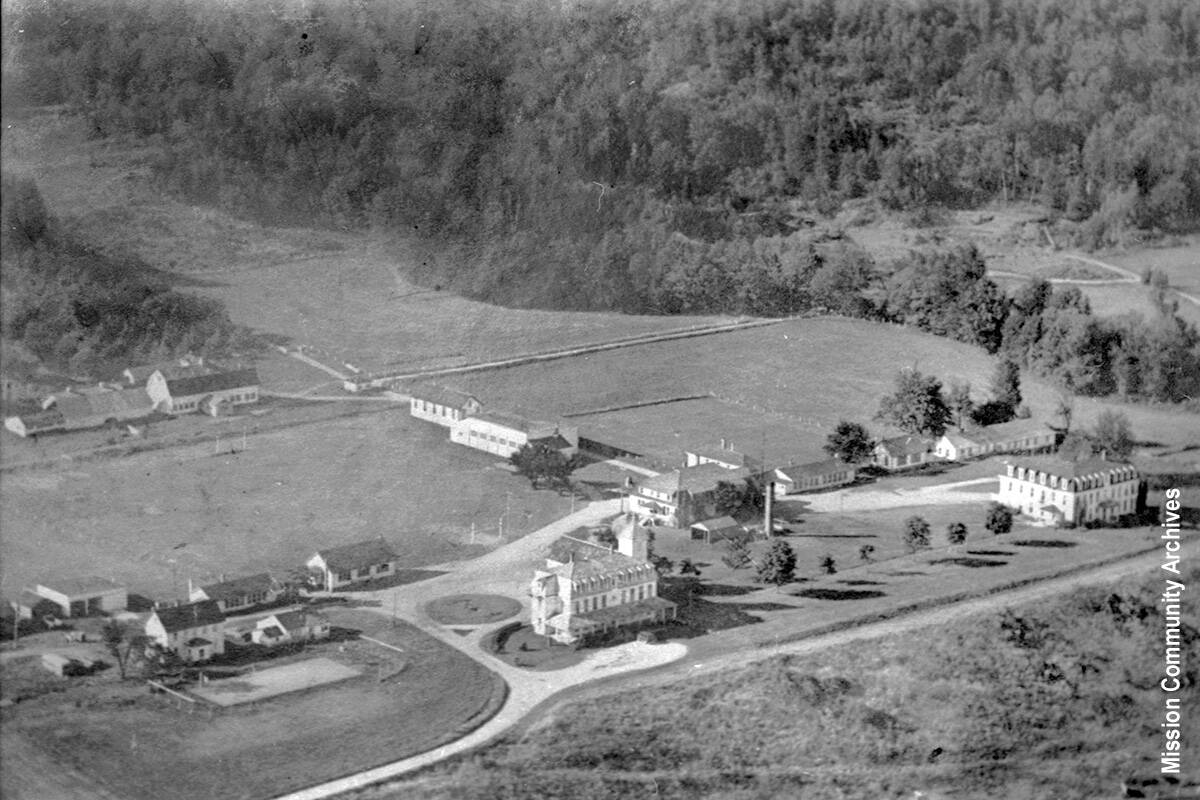The search for unmarked graves at the site of the former St. Mary’s Residential School begins today, Aug. 25.
The work by the Stó:lo Research and Resource Management Centre (SRRMC) aims to locate the remains of Indigenous children who died at former Fraser Valley residential schools using ground-penetrating radar, combined with archival research, and oral testimony from those who survived.
The City of Mission confirmed the work will be commencing in Fraser River Heritage Park on Thursday.
The radar work will take place over a period of time extending into next year, according to Mike Younie, Mission’s chief administrative officer.
He said his knowledge about the technology was limited, but he understands that various sections will be scanned at different times.
“It’s going to take a long time,” Younie said. “We’re just trying to facilitate it as best we can for them, and they will take the time that they need to get it done.”
The park will remain open while the work is being conducted, but areas will be marked off and visitors are to be detoured around to ensure the team is not disturbed, said Taryn Hubbard, the city’s manager of communications.
She added that tents and other on-site amenities will be available for the researchers.
Last summer, the Record spoke to David Schape, SRRMC’s director and senior archaeologist, about the extensive nature of the search, which was estimated to take approximately three years.
He said it would require hundreds of hours of research, and there were up to nine potential gravesites from three schools: St. Mary’s Residential School in Mission, Coqualeetza Residential School in Chilliwack and All Hallows Residential School in Yale.
Schape said at the time the radar work in Heritage Park would likely start around the Oblates of Mary Immaculate Cemetery, situated on the edge of the park, adjacent to the ruined foundations of the old school.
Evidence of unmarked graves at St. Mary's Residential School is literally in plain site. #MissionBC
Left: 1958 funeral photo, displayed on an information board outside the OMI Cemetery in Heritage Park.
Right: Photo taken from the same location today. pic.twitter.com/CJsH9kO1QK— Patrick Penner (@portmoodypigeon) July 6, 2021
He added oral-historical research could help identify other potential sites, and that elder testimony describing non-formal burials was not uncommon in Stó:lo communities.
The Record has reached out to Schape for an update and timeline on the work, but he said that Stó:lo Nation Chiefs Council will not be providing information until a later date.
@portmoodypigeon
patrick.penner@missioncityrecord.com
Like us on Facebook and follow us on Twitter.

